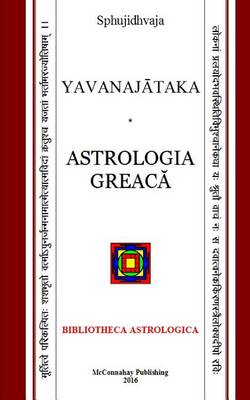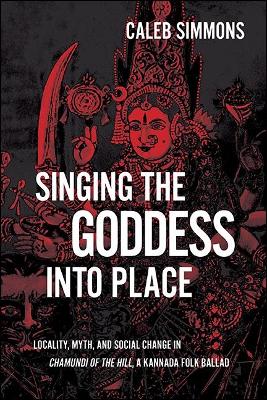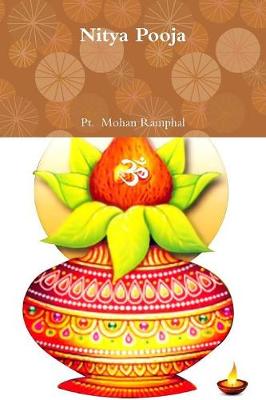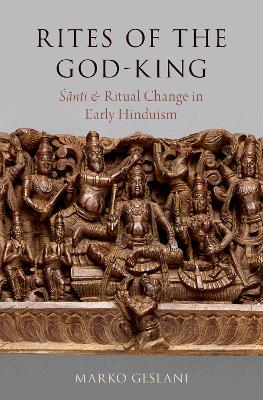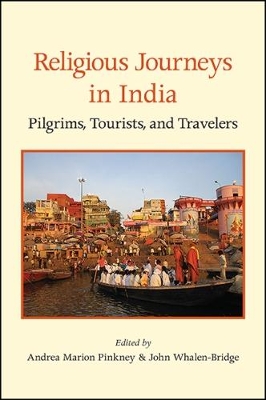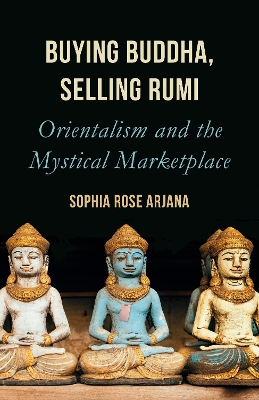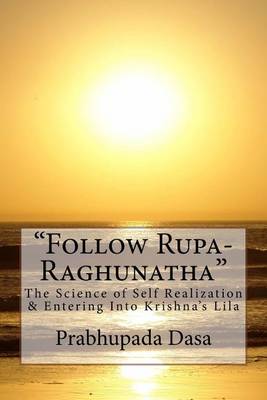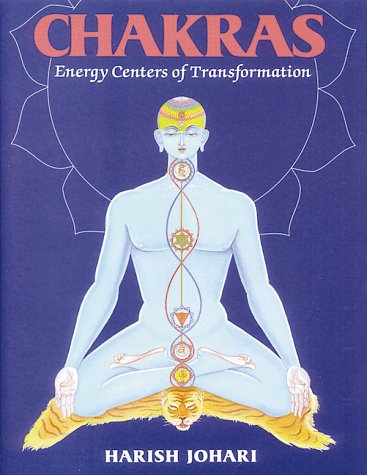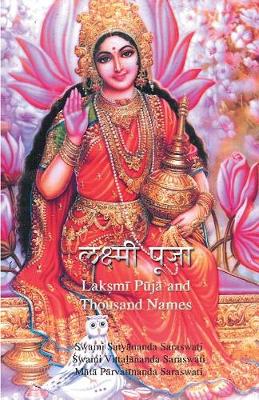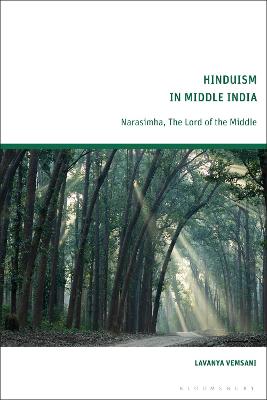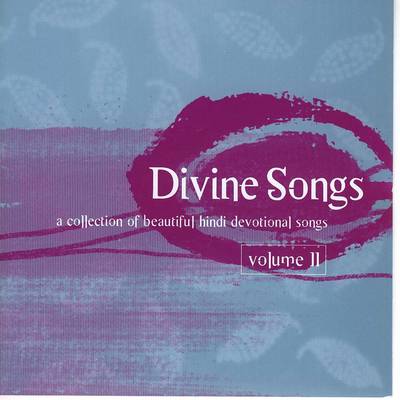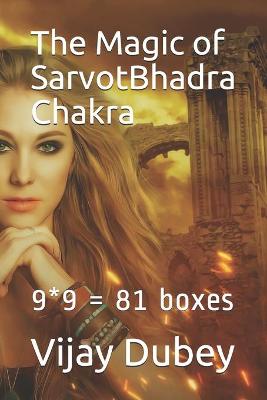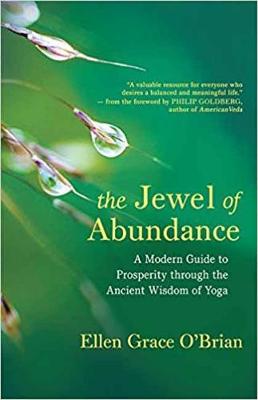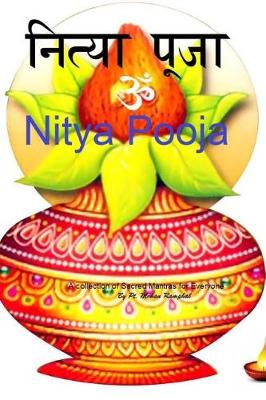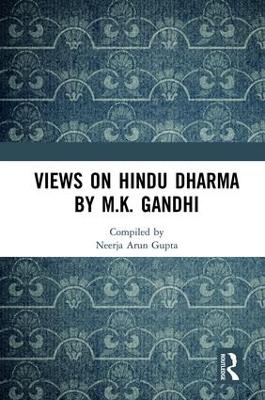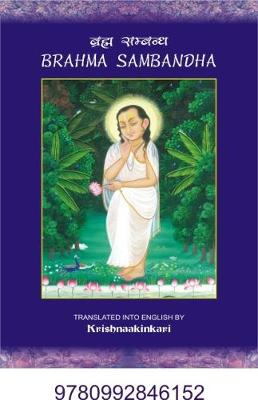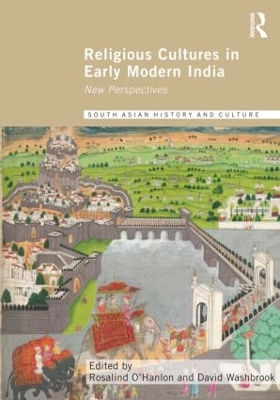Singing the Goddess into Place (SUNY series in Hindu Studies)
by Caleb Simmons
Scholars of Vedic religion have long recognized the centrality of ritual categories to Indian thought. There have been few successful attempts, however, to bring the same systematic rigor of Vedic Scholarship to bear on later "Hindu" ritual. Excavating the deep history of a prominent ritual category in "classical" Hindu texts, Geslani traces the emergence of a class of rituals known as Santi, or appeasement. This ritual, intended to counteract ominous omens, developed from the intersection of th...
From jewellery to meditation pillows to tourist retreats, religious traditions – especially those of the East – are being commodified as never before. Imitated and rebranded as ‘New Age’ or ‘spiritual’, they are marketed to secular Westerners as an answer to suffering in the modern world, the ‘mystical’ and ‘exotic’ East promising a path to enlightenment and inner peace. In Buying Buddha, Selling Rumi, Sophia Rose Arjana examines the appropriation and sale of Buddhism, Hinduism and Islam in the...
In the ancient science of tantra, the human body is viewed as the most perfect instrument for the expression of consciousness, a perfection realized through the development of psychic centers known as chakras. Located within the cerebrospinal system, the chakras are the stage upon which the interaction between higher consciousness and desire is played out. Consequently, it is through understanding and utilizing the energies of the chakras that we ultimately reach an enlightened state of being. I...
Religious Belief and Practice
by Samira Dasgupta and Amiitabna Sarjar
Study conducted in Bastar District of Chhattisgarh state, India.
Narasimha is one of the least studied major deities of Hinduism. Furthermore, there are limited studies of the history, thought, and literature of middle India. Lavanya Vemsani redresses this by exploring a range of primary sources, including classical Sanskrit texts (puranas and epics), and regional accounts (sthalapuranas), which include texts, artistic compositions, and oral folk stories in the regional languages of Telugu, Oriya, and Kannada. She also examines the historical context as well...
Views on Hindu Dharma by M.K. Gandhi
Mohandas Karamchand Gandhi took pride in calling himself a Sanatani Hindu. He lived by what he professed. Indeed, he spiritualized his entire political existence and his very opinion, world view and discourse was weighted with morality and ethics born of Hindu Dharma.This timely compilation of Mahatma Gandhi’s views on Hindu Dharma is a remarkable and systematically arranged compendium of his ideas on every aspect of India’s social and political life.Gandhi’s views – disseminated through many sh...
Burning the Dead traces the evolution of cremation in India and the South Asian diaspora across the nineteenth and twentieth centuries. Through interconnected histories of movement, space, identity, and affect, it examines how the so-called traditional practice of Hindu cremation on an open-air funeral pyre was culturally transformed and materially refashioned under British rule, following intense Western hostility, colonial sanitary acceptance, and Indian adaptation. David Arnold examines the c...
Religious Cultures in Early Modern India (Routledge South Asian History and Culture)
Religious authority and political power have existed in complex relationships throughout India's history. The centuries of the 'early modern' in South Asia saw particularly dynamic developments in this relationship. Regional as well as imperial states of the period expanded their religious patronage, while new sectarian centres of doctrinal and spiritual authority emerged beyond the confines of the state. Royal and merchant patronage stimulated the growth of new classes of mobile intellectuals d...
